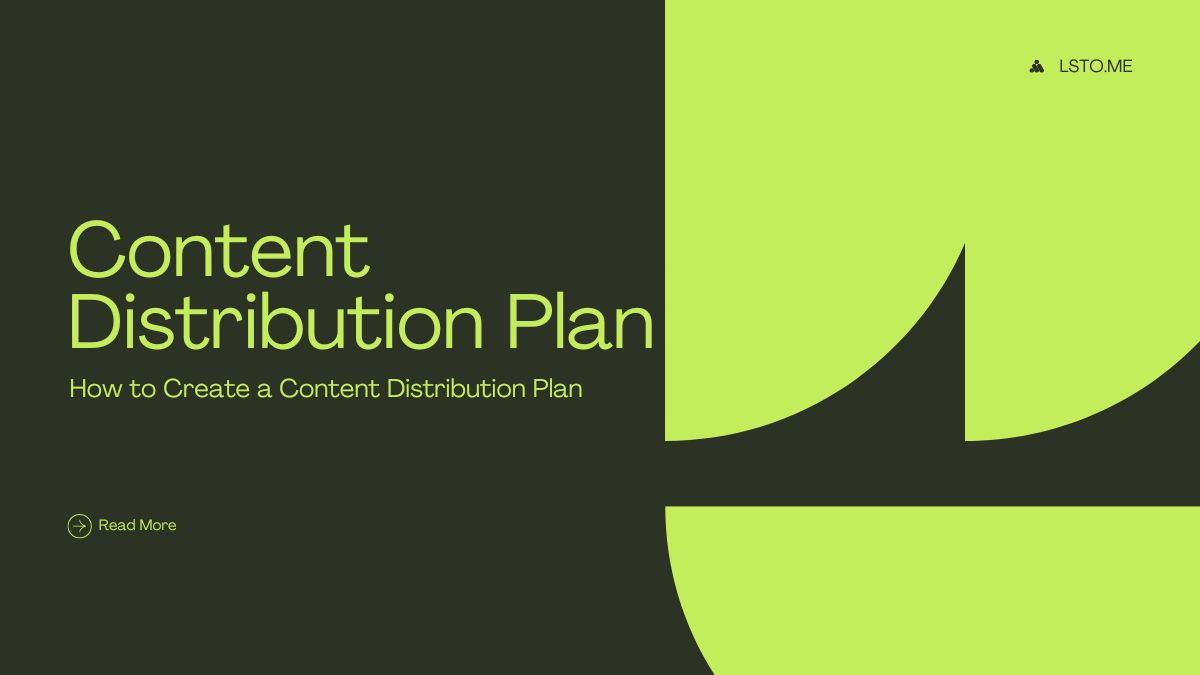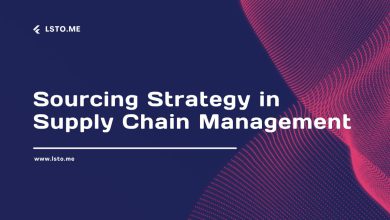
Creating high-quality content is only half the battle in today’s digital marketing landscape. Without a good distribution plan, even great content can go unnoticed. A good distribution plan ensures your content reaches the right audience at the right time and through the right channels. This post will guide you. It will show you how to make a content distribution plan. It should maximize your content’s impact and help you meet your marketing goals.
Understanding Content Distribution
Content distribution means sharing, publishing, and promoting your content. Do this across various platforms to reach and engage your target audience. It encompasses three main types of distribution:
- Owned Media: Channels you control, such as your website, blog, email newsletters, and social media profiles.
- Earned Media: Coverage gained through third-party channels, including media coverage, guest posts, mentions, shares, and reviews.
- Paid Media: Paid promotions, such as social media ads, pay-per-click (PPC) campaigns, and sponsored content.
A good content distribution plan uses all three media types. It creates a cohesive strategy that boosts your content’s reach and impact.
Step 1: Define Your Goals and Objectives
Before diving into distribution tactics, it’s crucial to define your goals and objectives. Clear goals guide you. They also measure your content distribution success. Common content distribution goals include:
- Increasing brand awareness
- Driving website traffic
- Generating leads
- Boosting engagement and interactions
- Enhancing SEO performance
- Establishing thought leadership
Once you’ve identified your goals, set specific, measurable objectives to track progress. For example, to boost website traffic, aim for a 20% increase in monthly visitors within six months.
Step 2: Identify Your Target Audience
Understanding your target audience is key to effective content distribution. Conduct thorough audience research to identify their demographics, preferences, behaviors, and pain points. Create detailed buyer personas that represent your ideal customers, including information such as:
- Age, gender, and location
- Job title and industry
- Interests and hobbies
- Challenges and pain points
- Preferred content formats and channels
These personas will guide your distribution strategy. They will ensure your content reaches the right people. It will resonate with their needs.
Step 3: Audit Your Existing Content
Before creating new content, audit your existing assets. Check their performance. Find the most successful content by engagement, traffic, and conversions. This analysis will help you. It will identify the best content for your audience. It will also find any gaps to fill.
Consider the following during your content audit:
- Which pieces of content have the highest engagement?
- What content formats perform best (e.g., blog posts, videos, infographics)?
- Are there recurring themes or topics that resonate with your audience?
- What distribution channels have been most effective?
Step 4: Choose Your Distribution Channels
Selecting the right distribution channels is crucial for reaching your target audience effectively. Use your audience research and content audit. They will help you find the best channels for your content. Common distribution channels include:
- Owned Media: Your website, blog, email newsletters, and social media profiles.
- Earned Media: Guest blogging, influencer partnerships, media coverage, and social shares.
- Paid Media: Social media ads, Google Ads, sponsored content, and display ads.
Each channel has strengths and weaknesses. So, you must tailor your strategy to maximize their potential. If your audience is active on LinkedIn, prioritize it for your B2B content.
Step 5: Develop a Content Calendar
A content calendar helps you organize and schedule your content distribution. It is a valuable tool. It ensures consistency, a steady content flow, and tracking of key dates. When creating your content calendar, consider the following:
- Content Topics: Plan content topics that align with your audience’s interests and pain points.
- Content Formats: Diversify your content formats to cater to different preferences, including blog posts, videos, infographics, podcasts, and more.
- Distribution Schedule: Determine the optimal frequency and timing for distributing content on each channel. Consider factors such as audience activity patterns and platform algorithms.
- Key Dates and Events: Include industry events, holidays, and other relevant dates that could impact your content strategy.
Step 6: Create and Optimize Your Content
Now that you have your channels and calendar, it’s time to create and optimize your content. Create content that is high-quality and engaging. It must meet your audience’s needs and preferences. Keep the following tips in mind:
- Compelling Headlines: Craft attention-grabbing headlines that entice readers to click and engage with your content.
- Visual Appeal: Use high-quality images, videos, and infographics to enhance your content and make it more shareable.
- SEO Optimization: Incorporate relevant keywords, meta descriptions, and internal links to improve your content’s search engine visibility.
- Clear CTAs: Include clear and compelling calls-to-action (CTAs) that guide readers toward the desired action, such as subscribing to your newsletter or downloading a resource.
Step 7: Leverage Social Media
Social media is a powerful distribution channel for amplifying your content’s reach. Create a social media strategy. Use each platform’s strengths to engage your audience. Consider the following tactics:
- Platform-Specific Content: Tailor your content to suit the unique features and audience preferences of each platform. Use eye-catching visuals for Instagram. Use professional insights for LinkedIn. Use engaging videos for TikTok.
- Hashtags and Trends: Use relevant hashtags and participate in trending conversations to increase your content’s visibility and reach.
- Engagement and Interaction: Actively engage with your audience by responding to comments, participating in discussions, and sharing user-generated content.
- Paid Promotions: Invest in social media ads to boost your content’s reach and target specific audience segments.
Step 8: Collaborate with Influencers and Partners
Working with influencers and industry partners can boost your content’s reach and credibility. Find influencers and partners who share your brand values. They should have a strong following in your target audience. Consider the following collaboration strategies:
- Guest Blogging: Write guest posts for reputable blogs and websites in your industry to reach a broader audience and build backlinks to your site.
- Influencer Partnerships: Partner with influencers to co-create content, promote your content, or host joint events such as webinars or live streams.
- Content Syndication: Syndicate your content on third-party platforms and industry websites to increase its exposure and reach.
Step 9: Monitor and Analyze Performance
You must monitor and analyze your content distribution. It is crucial to know what works and what doesn’t. Use analytics tools to track key metrics such as:
- Website traffic
- Social media engagement (likes, shares, comments)
- Email open and click-through rates
- Conversion rates
- SEO performance (organic traffic, keyword rankings)
Regularly review your performance data to identify trends, insights, and areas for improvement. Use this information to refine your content distribution strategy and optimize future efforts.
Step 10: Adapt and Evolve
Content distribution is not a one-time effort. It’s an ongoing process that requires constant adaptation and evolution. Stay updated on industry trends, audience preferences, and platform algorithms. This will keep your strategy relevant and effective. Experiment with new channels, formats, and tactics. Find what works best for your brand.
Conclusion
A solid content distribution plan is key. It ensures your content reaches and engages your target audience. These steps will help you create a strategy. It will maximize your content’s impact and achieve your marketing goals. Define your goals. Understand your audience. Choose the right channels. Monitor and optimize your efforts. A good content distribution plan can boost your content’s reach. It can drive engagement and help you succeed in digital marketing.




